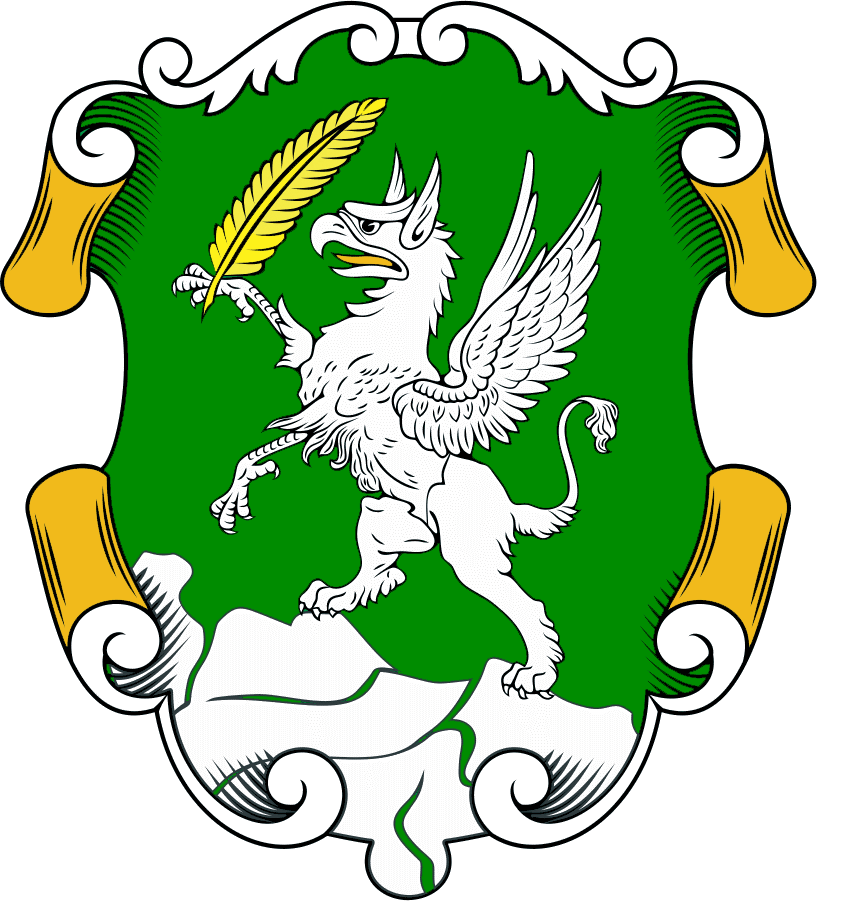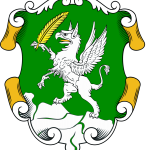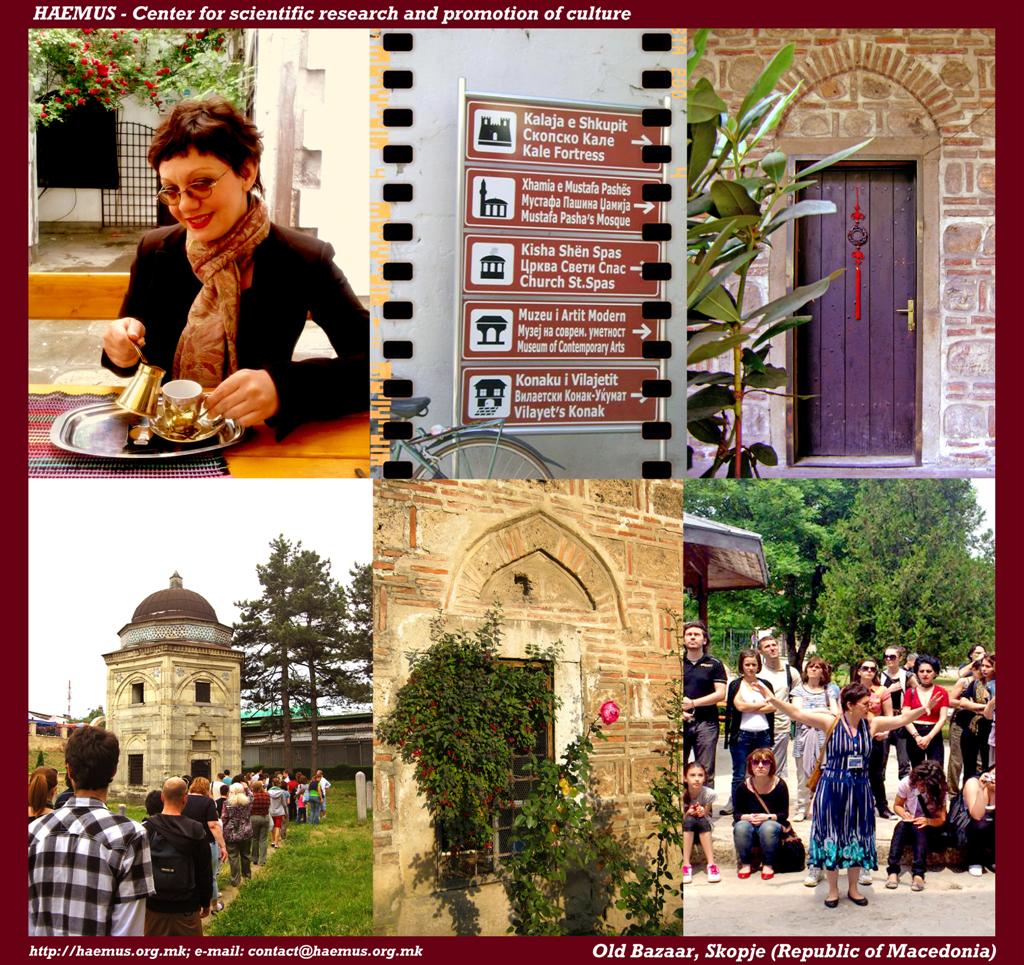It seems that the ottoman presence of five hundred years (late 14th to early 20th centuries) left a special mark and permanent traces in the physiognomy of villages and cities of the Republic of Macedonia, which in this period achieved their cultural and economic rise. This is a period when, to meet the needs of the Muslim population, a large number of buildings were erected, both profane and sacral in nature, as a reflection of the current economical and politic circumstances, at the same time representing an expression of the cultural and artistic tendencies and potentials of respective periods. The building of ottoman structures reached its peak in the 15th and 16th centuries, when a large number of mosques, baths, covered bazaars, inns, serais and other facilities were built, which capture one’s imagination with their beauty and architectural form. their large number is confirmed by the references made in the writings of the famous Turkish travel writer Evliya Çelebi. However, a large number of these buildings failed to outlive the turbulent times that often befell the Balkans: most of them were destroyed in disastrous earthquakes, natural catastrophes, and some could not fit into the new city plans.
Skopje’s Old Bazaar
Old Bazaar in Skopje, or the historical part of the city it is characterized by architectural mixture of churches, mosques, inns, baths, the Bezisten (covered bazaar), many craftsmen’s shops, old buildings, small shops, as well as Bit Pazar (a big marketplace) and the Skopje Fortress above the middle age Turkish down town. The main cultural monuments in the old town are: Daut Pasha Hammam, Chifte Hammam, Bezisten (covered bazaar) caravan inns: Kapan Inn and Suli Inn and Kurshumli Inn, and Mustapha Pasha Mosque which represents one of the most beautiful objects of the Ottoman architecture in Skopje.
Monuments in the Old Bazaar in Skopje:
Mustapha Pasha Mosque – erected in 1492, at the entrance there is a porch supported by four columns, and the main part has a square plan covered with a dome. The minaret is 60 m high. Inside the complex there is a turbe, the grave of the founder Mustafa Pasha himself and a richly decorated sarcophagus of his daughter Uma (more info).
Bezisten – built in the 15th century, the covered bazaar can be entered through four gates. Solely it was a place for selling clothes. It gained its name since ‘bezz’ means clothes in Arabic, and ‘i-stan’ means a selling place in Persian. Today, it is a pleasant venue with art galleries, stores and cafés (more info).
Chifte Hammam – built in the 15th as a public bath, the word “chifte” in Turkish means double, because the two separated wings served one for men and one for women. Today it is part of the National gallery of Macedonia and hosts a lot of exhibitions (more info).
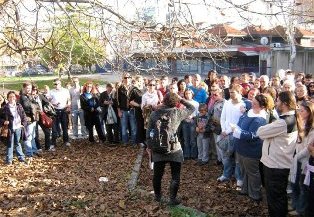
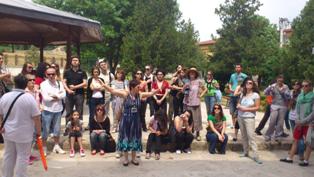
Vasilka Dimitrovska (co-founder of HAEMUS), archaeologist and professional tourist guide, is guiding visitors at the Skopje’s Old Bazaar (left) and Mustafa Pasha mosque (right)
Kapan Inn – built in the 15th century, it served for accommodation of tradesmen and their caravans as well as for travellers. Today it hosts a lot of restaurants, cafe bars and Turkish tea houses (more info).
Suli Inn – built in the 15th century, it has two floors, with the upper having rooms for the guests and the lower for the guests’ cattle. The rooms are lined around the square-shaped interior courtyard. Suli An today houses the Academy of Art and the Old Bazaar Museum (more info).
Kurshumli Inn – built in 15th century, it served as an inn to merchants and their caravans. The roof of the inn was once covered in lead (hence the name kursunlu). Now it houses the Lapidarium of Museum of Macedonia and it is also a popular concert venue (more info).
Daut Pasha Hammam – public bath (1468-1497) with a square plan and 15 rooms, roofed with two big symmetrical and 11 smaller domes. Today this hammam is part of the National gallery of Macedonia and hosts the exhibition of Macedonian contemporary art. (more info).
Skopje’s кülliye – a term which designates a complex of buildings, centered around a mosque and managed within a single institution, often based on a vakıf (foundation), and composed of a medrese, a darüşşifa, kitchens, bakery, hammam, other buildings for various benevolent services for the community and further annexed constructions.
Holly Saviour church – today church erected in the 19th. century contains one of the most beautiful carved iconostas, as well as the tomb of the famous revolutionary Goce Delcev which is placed in the courtyard (more info).
Stone Bridge – the landmark of Skopje and one of the oldest bridges in Macedonia, representing a connection between the old and the new part of the city. According to certain data there is different information about the time of its construction, 6th century AD or the first half of the 15th century (more info).
The Ottoman period of the Skopje Fortress – located in the centre of the city, the fortress is a dominant landmark, offering a view to the old and the new parts of Skopje. It is one of the most complex archaeological sites that were inhabited from prehistory to the middle of 20th century. The artifacts from this excavation are displayed in the City Museum of Skopje (more info).
